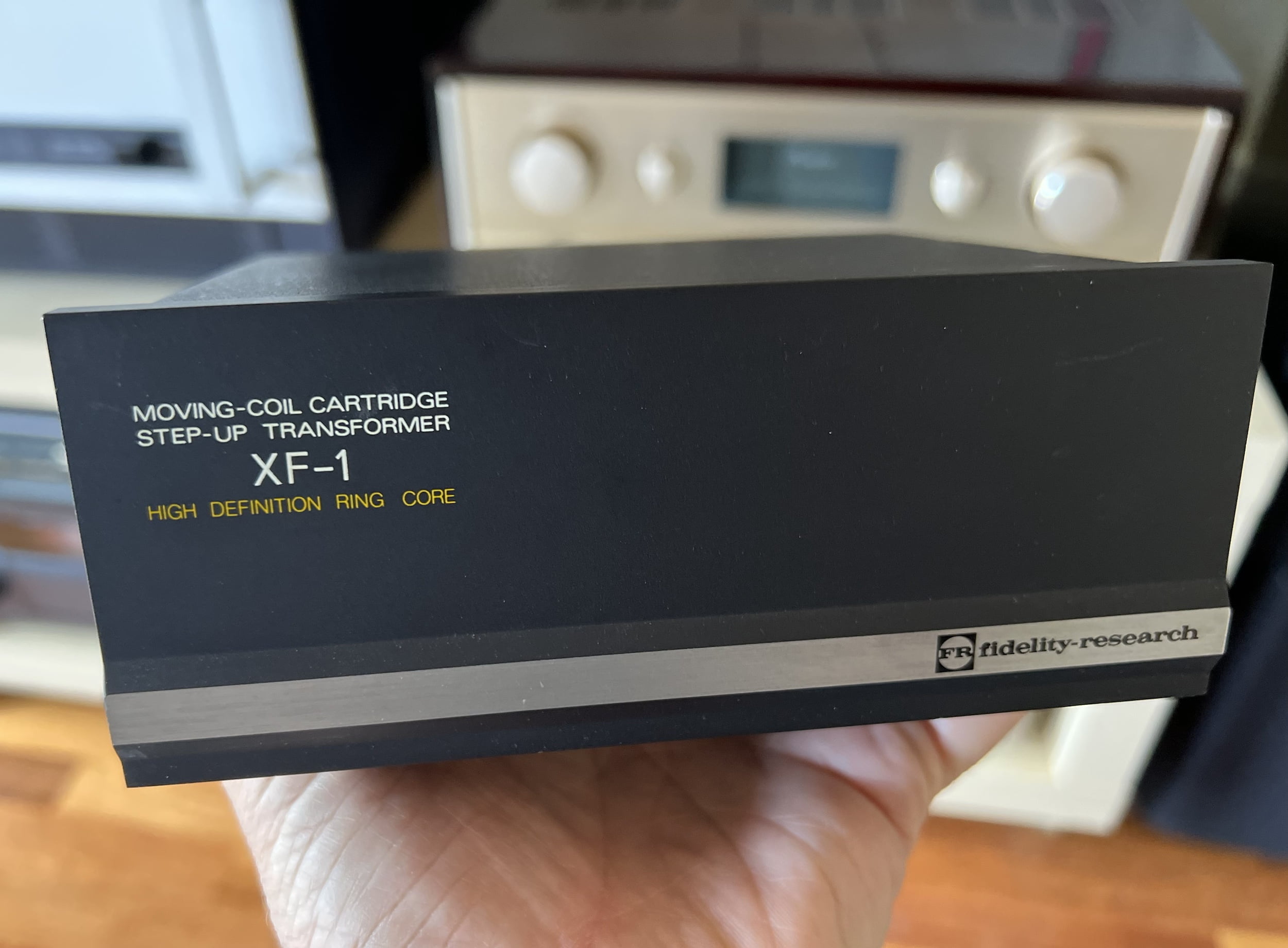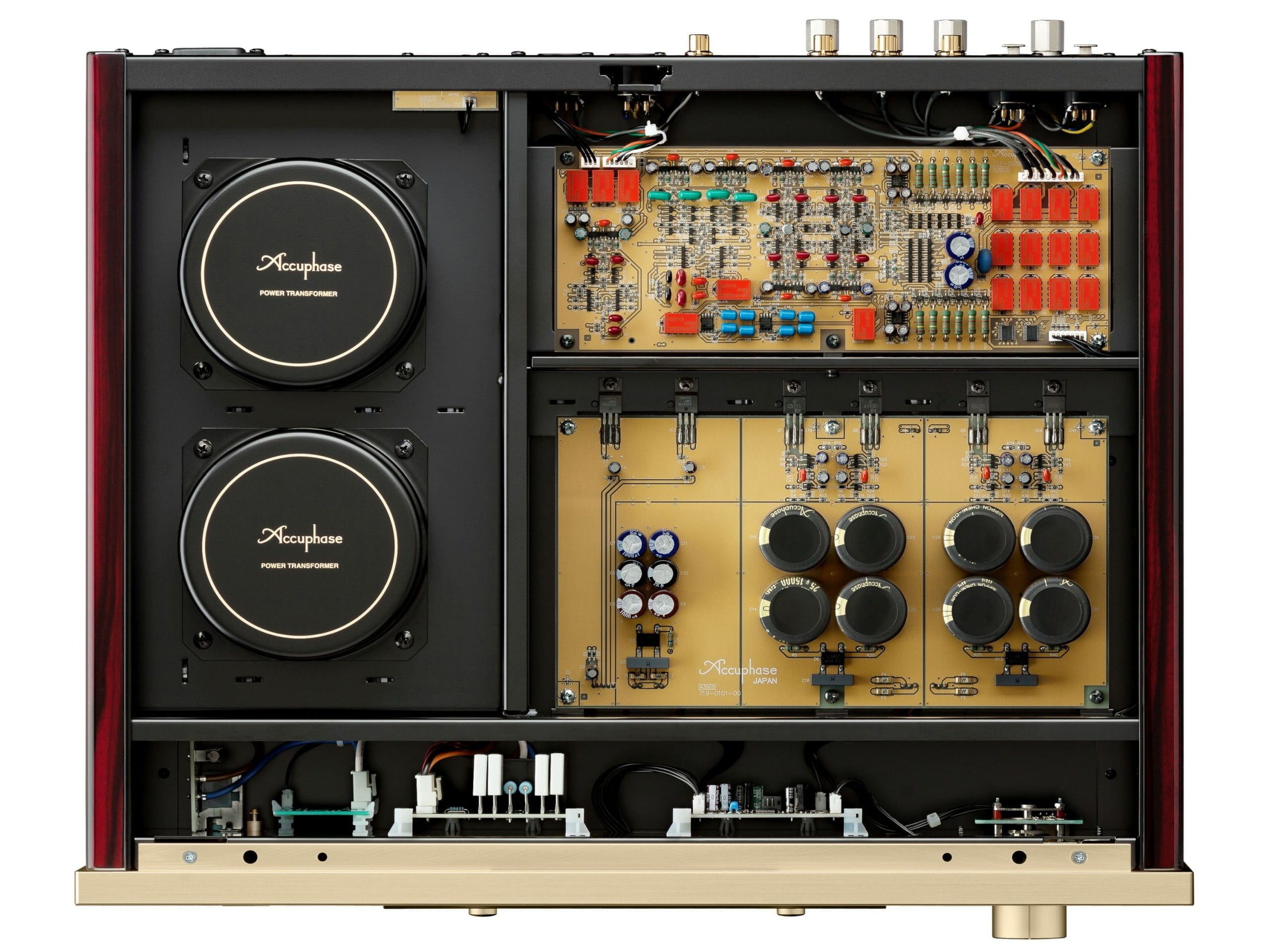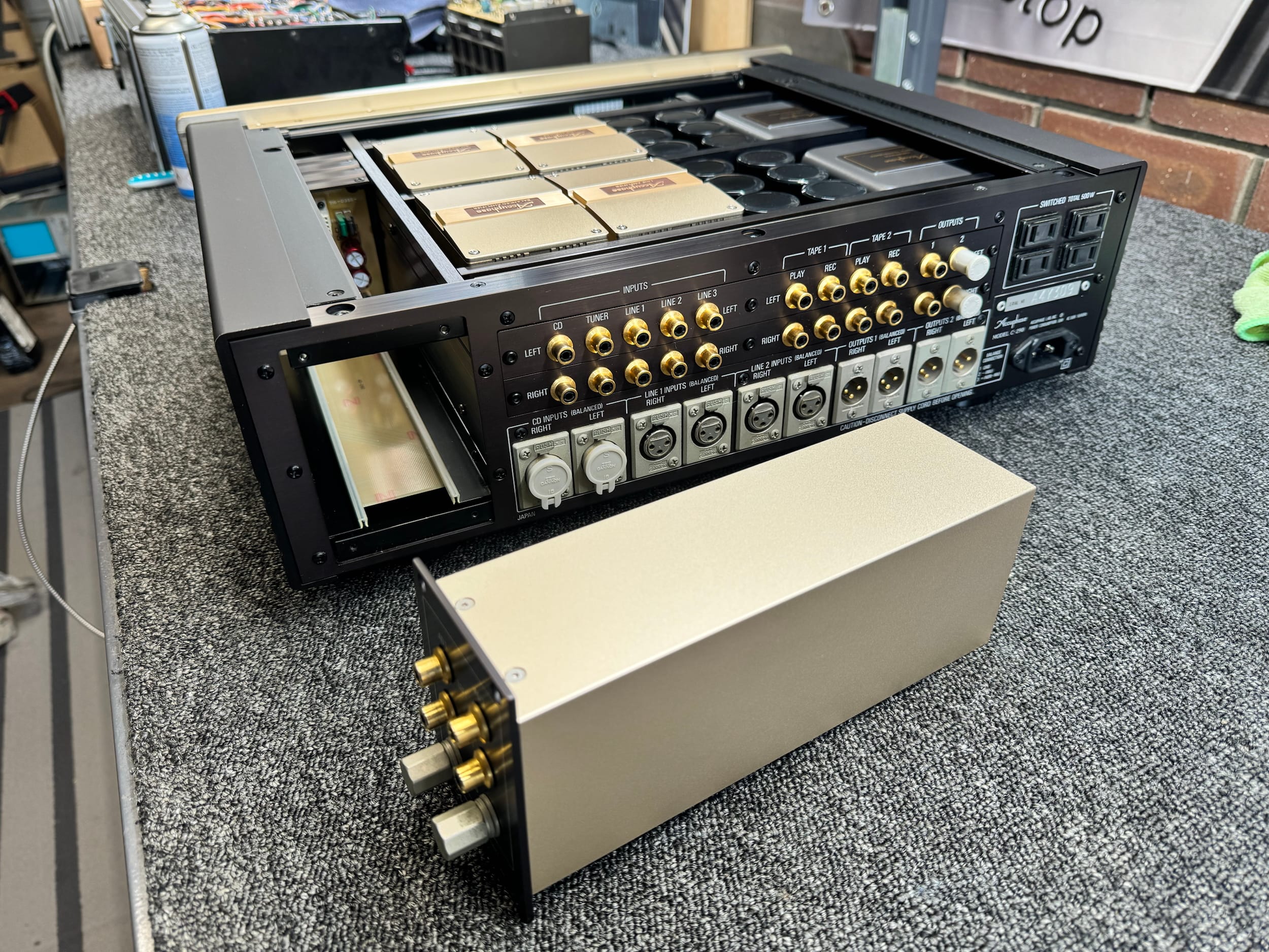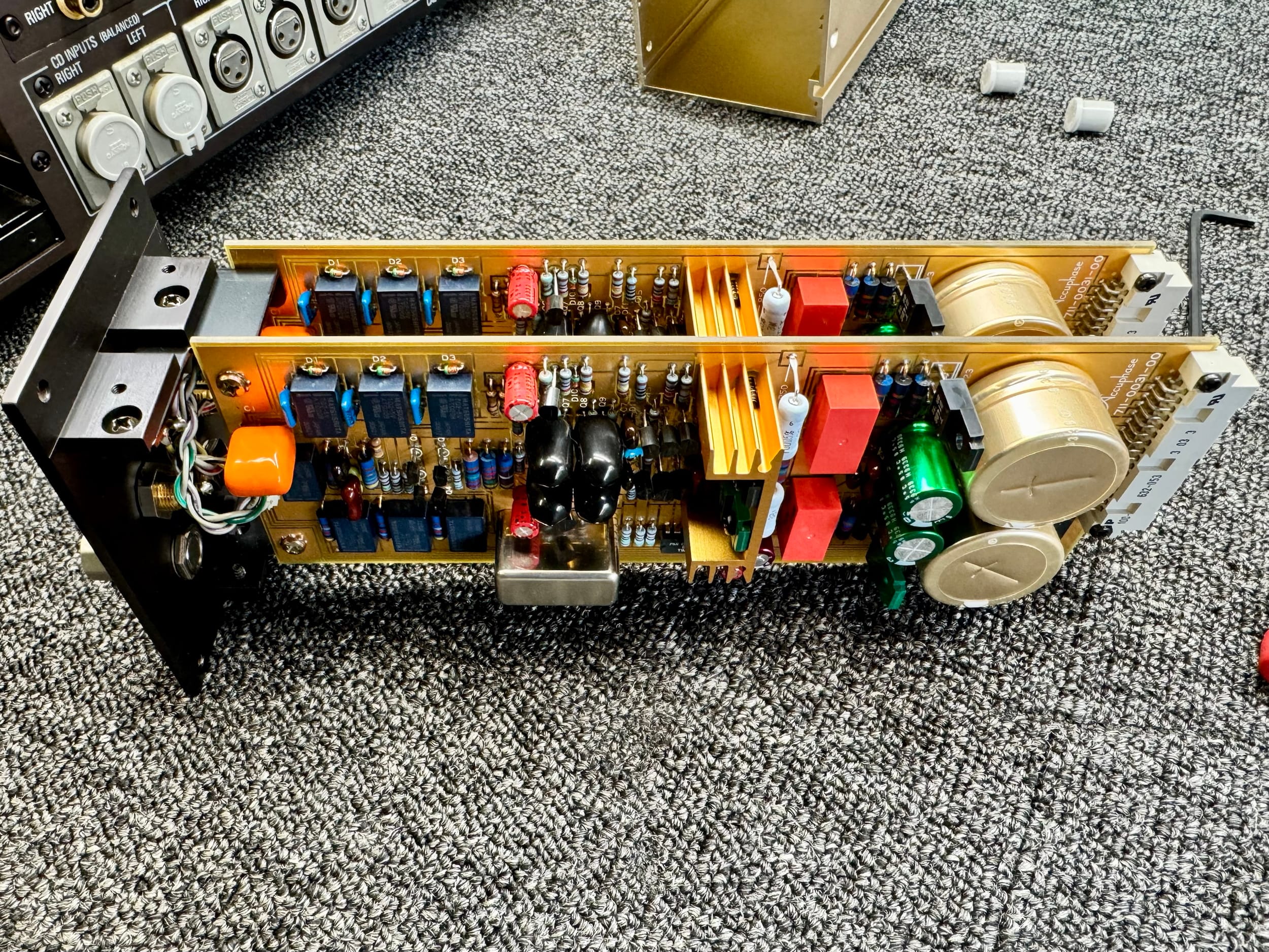Either a good step-up transformer or an exceptional active gain stage.
There is no one best phono preamplifier, but almost nothing does a better job of taking extraordinarily small signals from a moving coil cartridge and amplifying them than a top-notch step-up transformer or absolutely first class active gain stage.
A Perfect Match
Technically there’s a bit to know, but step-up transformers are great because they are completely passive, require no power and have no electronic or moving parts to degrade sonics or add noise. They match the impedance of the cartridge to the input impedance of the next stage almost perfectly. They can also be chosen to provide a precise level of gain to suit the cartridge and following electronics.
These virtues combine to reveal a level of micro-dynamic detail and resolution you may have thought didn’t exist until auditioning a good step-up transformer in a high-resolution system. When I got my first transformer, a Fidelity Research FRT-3, in 2005, I was amazed.
Moving to an end-game Fidelity Research XF-1 after some very good advice from a friend was the game changer for me, and I’ve used, recommended and supplied many transformers since.

Some of the best phono preamplifiers, such as the Cayin Phono 1 I owned for a while, use transformers for their moving coil gain stages because they offer the best performance and lowest noise for sensible money.
Alternatives
Whilst good step-up transformers are ideal for most people in most cases, there are a few cases where alternatives should be considered. If you have or have access to an ‘S-tier’ all-active phono preamp, it’s worth comparing it to the best transformers.
A couple of years ago I acquired an S-tier Accuphase preamplifier containing a phono preamplifier so good it surpasses my various step-up transformers in terms of performance. Then I sold it and purchased an even better Accuphase preamp and phono preamp combo! Yes, I have a problem, but then don’t most of us?!
Mind you, my current Accuphase preamps cost as much as a car when new and many thousands of dollars even now, some 30 years later. I had to find and import them and there were many risks and costs involved, making this approach just too hard for most people, which I understand.
That’s why in many systems, and for many people, a really good step-up transformer is a great option, especially for those people who already own a good MM phono pre. But, if you can afford an Accuphase C-47 phono preamplifier, or an Accuphase C-280V or C-290 / AD-290 for example, this will be the very best option.



Knowledge
Deep knowledge and hands-on experience with step-up transformers and top-tier active phono preamps is scarce, something of a lost art or one that I’ve found was never acquired in the first place. Most people have never even seen a step-up transformer, let alone own several of them.
How many can say they’ve owned a Luxman C-03, Perreaux SM-2, Cayin Phono 1, Accuphase C-202, C-280V, C-290, AD-290, and Fidelity Research XF-1 L and XF-1M, Luxman PD-350 and Kenwood L-07D for example? I don’t know anyone else with this range of gear and I’m including friends and colleagues.
Retailers are generally only concerned with new gear they are selling, much of which is very ordinary. These days, many discover the almost mythic status of older equipment through sources like this website. I consult with customers via our advisory service. The customer who purchased this beautiful Ortofon ST-70 step-up transformer from Liquid Audio borrowed one of my transformers first.
Transformer Considerations
The pros:
- Lowest noise when partnered with low-noise MM phono preamp
- Exceptional resolution, micro-dynamic detail retrieval and relaxed presentation
- No parts to wear out, near 100% reliability, forever
The cons:
- Good new transformers are expensive, many of the best transformers are from the 1970s and 1980s
- They require careful matching and are generally only suited to a particular narrow range of cartridge impedance
- Needs a really good MM phono preamp, adding to the cost
Active Phono Preamp Considerations
The pros:
- Potentially the very best performance of all, but only at the real high-end
- The best options have great matching capabilities to suit a range of carts
The cons:
- The most expensive for the level of performance that matches or exceeds good transformers
- Electronics can and do fail, active preamps are not as reliable and will need maintenance
- Affordable (sub $2K) active gain stages tend to sound very ordinary
Discover more from LiQUiD AUDiO
Subscribe to get the latest posts sent to your email.
